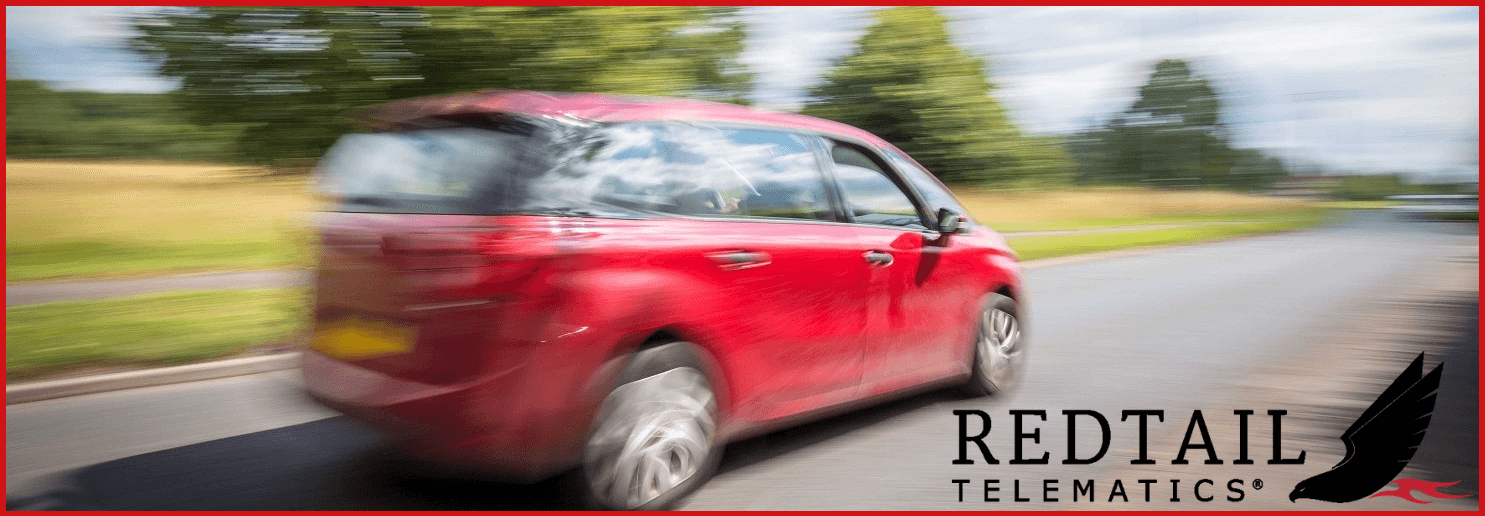What is Telematics? And is a box better than an app?

Samantha Olsson
Share this post:
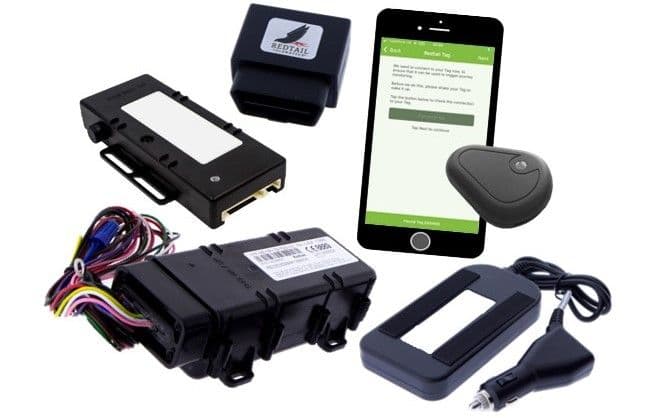
Have you ever heard the word telematics being used and wondered, “what is telematics?”? We at Redtail Telematics have put together some information that we hope you might find helpful in answering that question.
According to Wikipedia, Telematics is:
Telematics is an interdisciplinary field that encompasses telecommunications, vehicular technologies (road transport, road safety, etc.), electrical engineering (sensors, instrumentation, wireless communications, etc.), and computer science (multimedia, Internet, etc.).
Telematics can involve any of the following:
- the technology of sending, receiving and storing information using telecommunication devices to control remote objects
- the integrated use of telecommunications and informatics for application in vehicles and to control vehicles on the move
- global navigation satellite system technology integrated with computers and mobile communications technology in automotive navigation systems
- (most narrowly) the use of such systems within road vehicles also called vehicle telematics
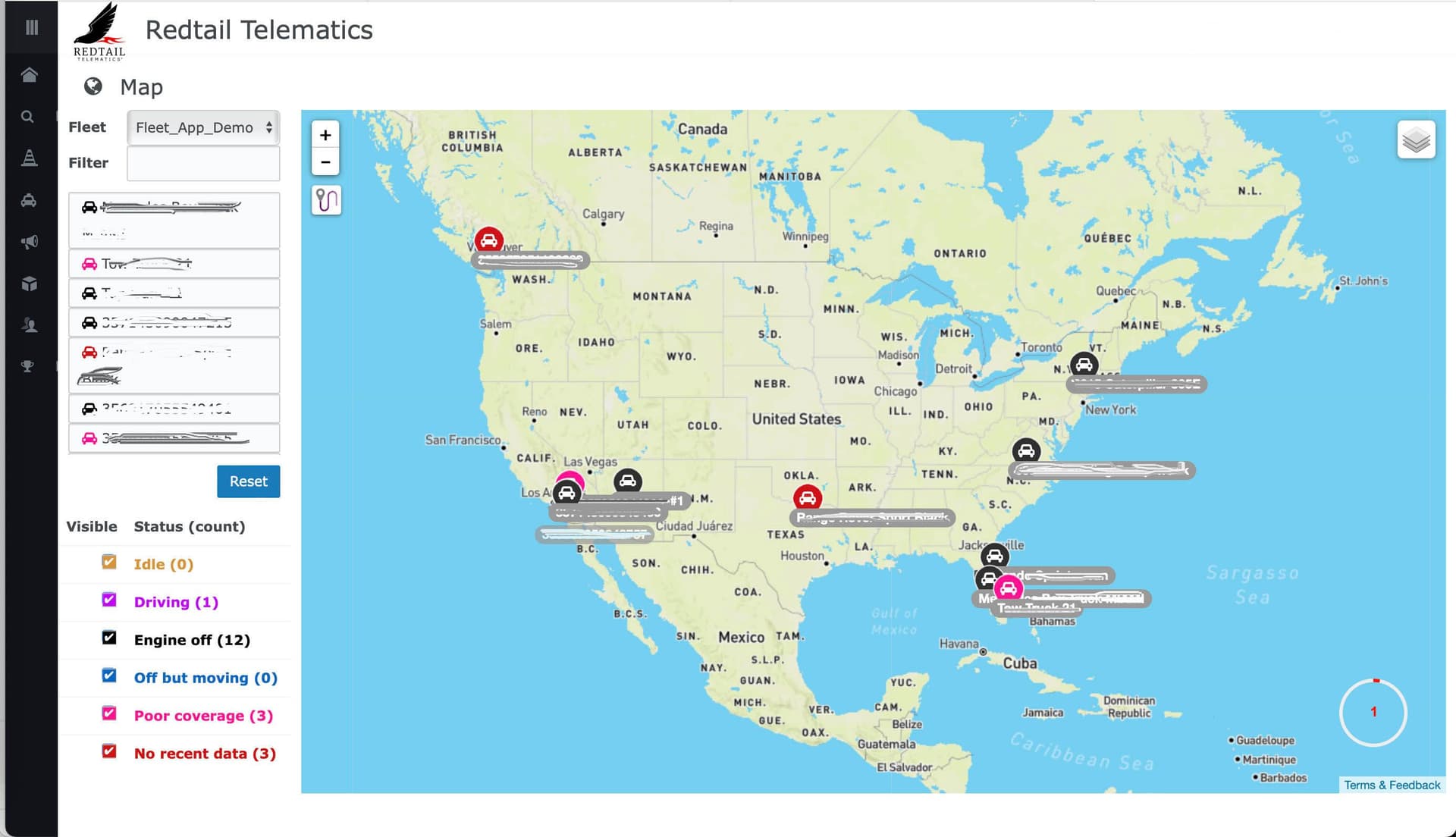
What can telematics be used for?
The most commonly known use of telematics is for usage-based insurance. Telematics-based car insurance will include the use of a telematics (black box) device in the vehicle. The car insurance company will then give the policyholder driver feedback. This is often followed by an increase or reduction in insurance costs based on driving behaviour.
Driving behaviour
Telematics is about monitoring your driving through behaviours such as your speed, braking and acceleration.
The data is recorded using various methods such as hard-wired or self-fit devices, or smartphone apps. Redtail’s driver scoring is more detailed, so it uses many other factors, including environmental factors. For example, the type of roads you drive along, the time of day you tend to drive (in the context of if it’s during the busier periods, not late-night driving) and your average speed in relation to other users of the same road at the same time of day.
This data allows car insurance companies to build a picture of the driver and establish a “risk” score.
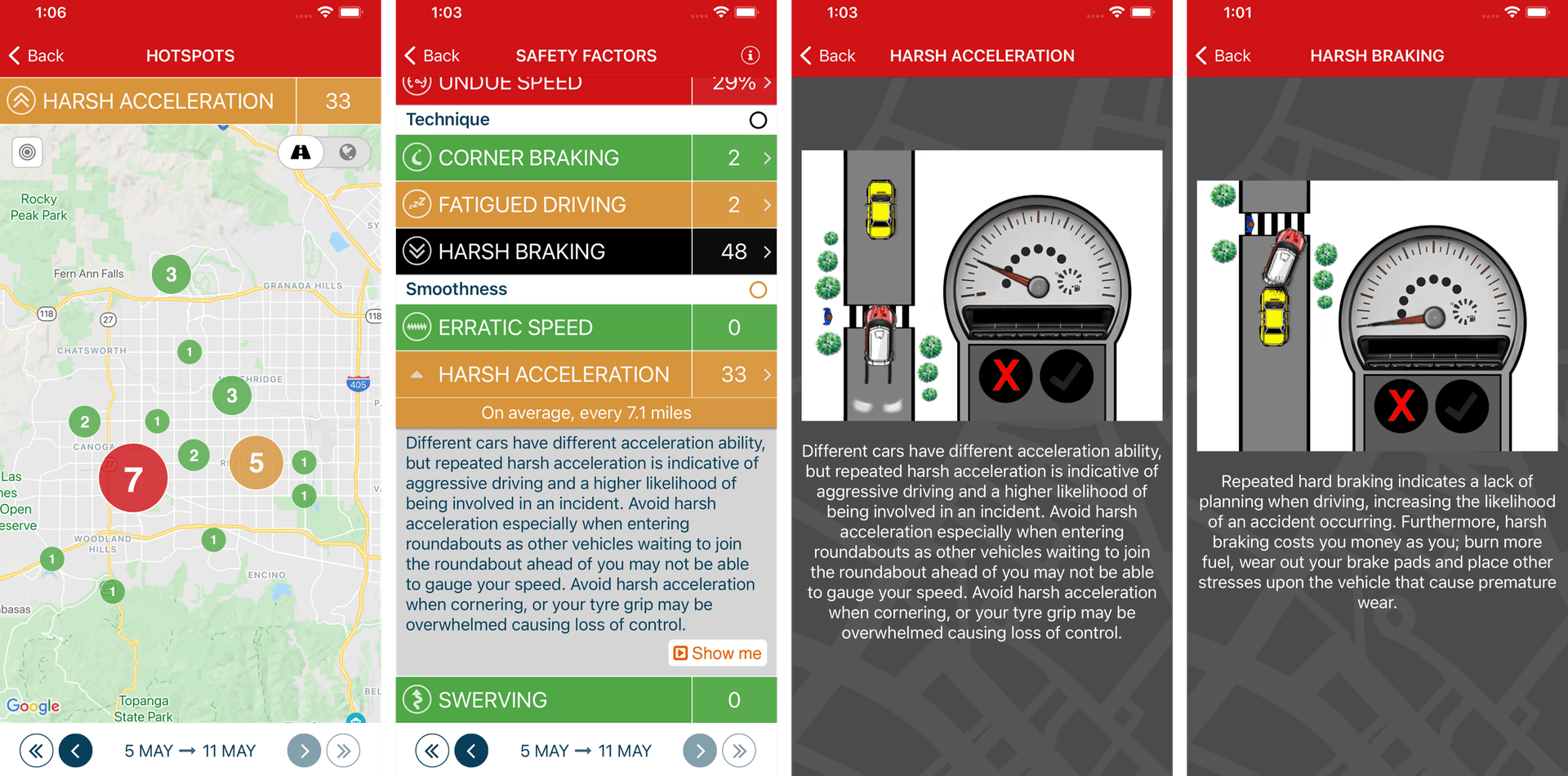
Risk score
Risk score is used to define how safe/unsafe the person’s driving is and offer rewards.
There are other uses for telematics in car insurance too. Pay-by-mile car insurance companies, like By Miles or KOBA, use telematics data to work out insurance costs from miles driven. This is a very cost-effective option if you need car insurance but don’t drive many miles each year.
Another option is for stolen vehicle recovery. In this case, the black boxes are usually professionally fitted so they are somewhere hidden.
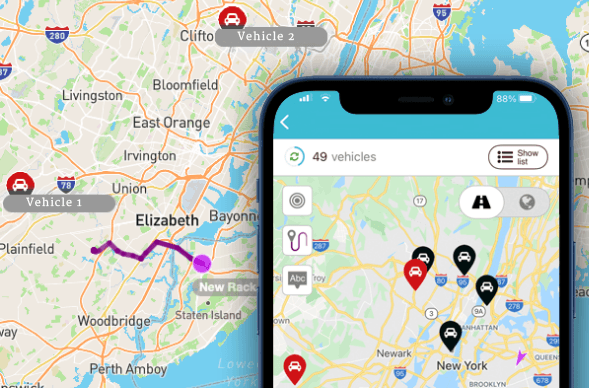
Stolen vehicle tracking
A car owner can install a telematics device in their vehicle to track their vehicle if it gets stolen
Telematics is also great for managing a fleet of vehicles. You can use the data to monitor efficiency, safety, required maintenance etc. This feedback can all be used to, for example:
- Help optimise delivery routes
- Reduce the time a vehicle is off the road for maintenance
- Identify and remove any high-risk drivers or provide them with more training to make them safer on the roads
We’ve even been using our telematics technology in partnership with Synaptiv to work on pothole identification. We’ll be talking about this in more detail soon, so I won’t focus on that too much now. However, what I will say is that it is an exciting project!
What different types of Telematics devices are there?



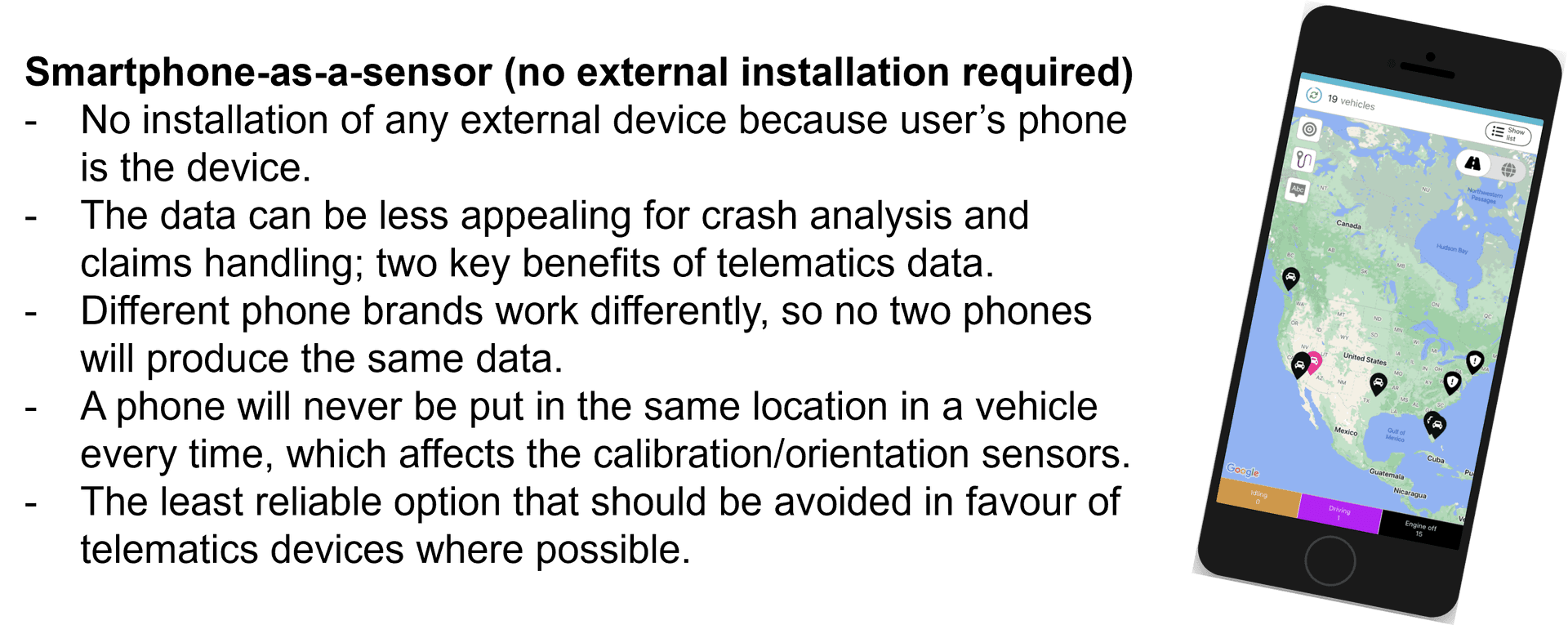
There are lots of negatives with this option, but there are positives too. For example, it’s:
- A cheap option (for insurer and insured because no one has to pay the cost of a black box)
- Less invasive/disruptive to the vehicle (no “unsightly” aftermarket devices)
- Convenient (insured doesn’t have to find a time to book a fitting or to fit the box themselves)
Having read the options, which device do you think you would choose?
I have an OBD device in my car, so I suppose that’s my answer. The Redtail OBD devices are so small and fit nicely in the OBD socket, so I easily forget it’s there.
So, hopefully, the information you’ve read above has proved helpful. Do you think you could answer the question “what is telematics?” if someone asked you? Hopefully, with our help, the answer is yes you can!
We’d love to hear your questions if there is anything telematics-related that we haven’t cleared up in this article. Put your questions or comments in the comments section below and we’ll see if we can answer them.
